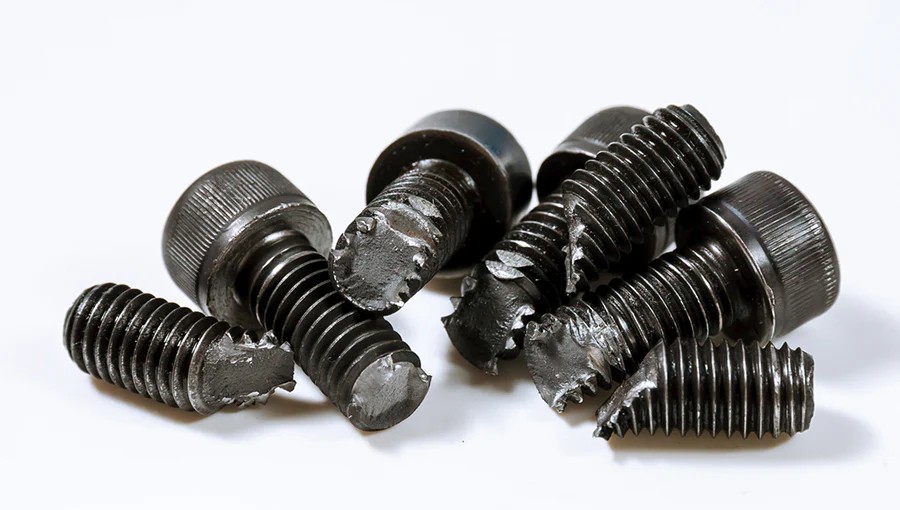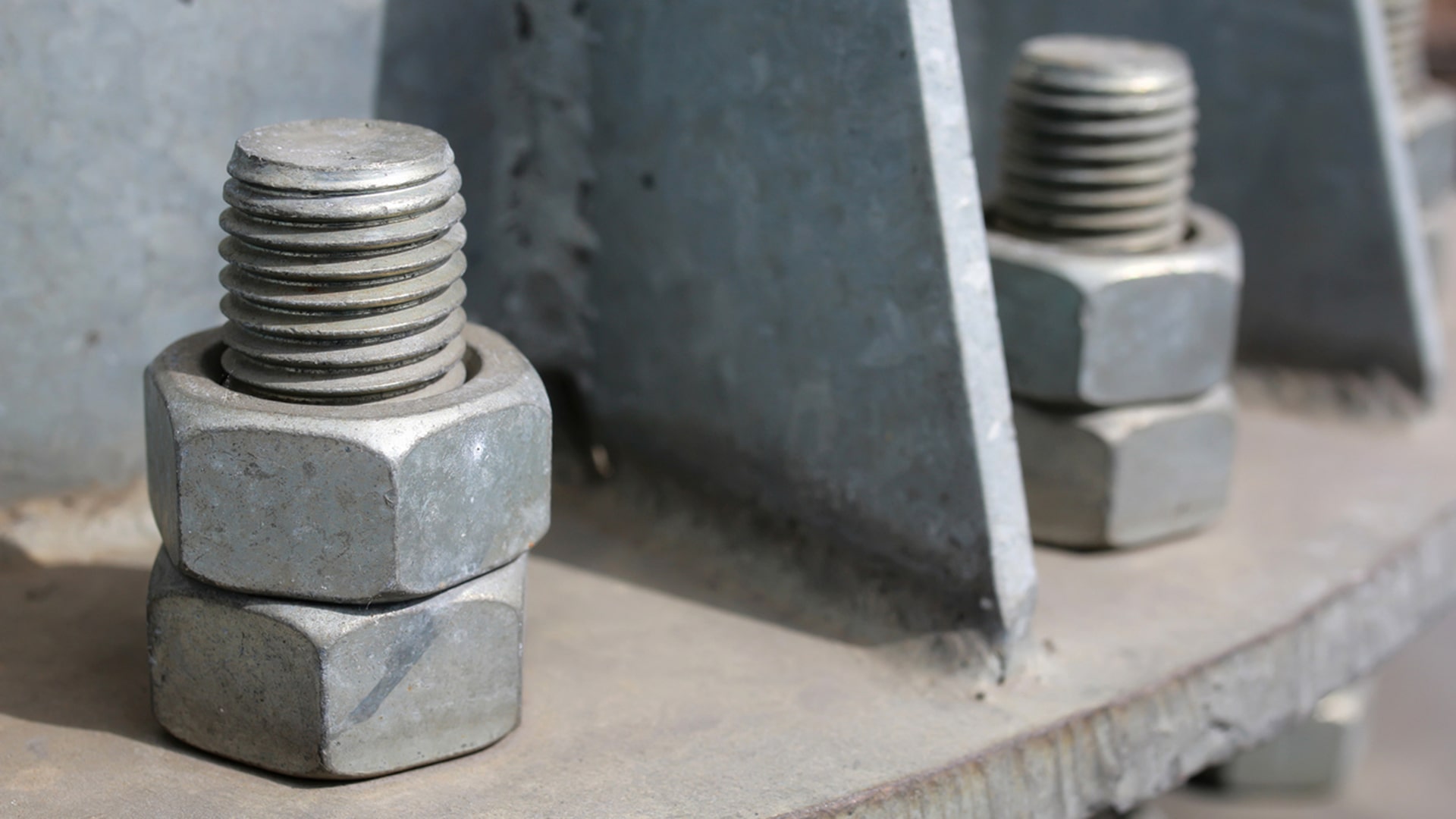Introduction
A bolt that breaks unexpectedly can lead to costly downtime, equipment damage—or worse, serious safety incidents. Whether in automotive, heavy machinery, or structural applications, understanding why bolts fail is essential for ensuring mechanical integrity and reducing maintenance costs.
In this article, we answer some of the most asked industry questions, such as:
Why do bolts keep breaking?
What is the most common bolt failure mode?
Are higher-grade bolts actually more brittle?
How can bolts be strengthened for safer and longer-lasting performance?
Why Does My Bolt Keep Breaking?
Frequent bolt failure is usually not just bad luck—it’s the result of misapplied torque, improper material choice, or unsuitable design for the load conditions. Common reasons include:
1. Over-Tightening or Under-Tightening
Over-tightening introduces excessive stress, causing thread stripping or even bolt head shear.
Under-tightening leads to joint loosening, vibration, and eventual fatigue failure.
2. Misalignment or Bending Load
Bolts are designed to handle axial loads, not bending. If the components are misaligned or if the joint allows movement, side-loading will cause the bolt to fail over time.
3. Hydrogen Embrittlement
For high-strength bolts (10.9, 12.9), hydrogen embrittlement is a common silent failure mode, especially if the bolts are electroplated or exposed to corrosive environments.
4. Fatigue Under Cyclic Loads
Even correctly installed bolts can break due to repetitive load cycles, particularly in automotive suspensions, turbines, or vibrating machinery. Tiny cracks propagate over time until complete fracture occurs.

What Is the Most Common Failure of Bolts?
The most prevalent failure mode in bolts is fatigue failure, often caused by:
Improper preload (too low or too high)
Poor load distribution in multi-bolt joints
Micromovements leading to fretting and crack initiation
Fatigue cracks usually start at the thread root or under the bolt head—areas with stress concentrations. These cracks may not be visible until complete failure occurs.
Are Higher Grade Bolts More Brittle?
Yes—And Here's Why
Higher grade bolts (e.g., Grade 12.9) are made from hardened steel to achieve superior tensile strength. However, this increased hardness comes with a trade-off: lower ductility and impact resistance.
In practical terms, this means:
High-grade bolts are less tolerant of bending, shock, or minor defects.
They are more vulnerable to stress corrosion and hydrogen embrittlement.
In over-stressed or misused situations, they tend to snap suddenly and without warning.
Tip: For dynamic or corrosive environments, consider slightly lower grades (e.g., 8.8 or A4-80 stainless) for better flexibility and durability.
How Do You Strengthen Bolts?
While “stronger” often implies higher grade, true bolt performance depends on balancing material strength with proper application. Here’s how to enhance bolt durability:
1. Proper Torque Application
Use calibrated torque wrenches or torque-angle methods to ensure consistent preload. Avoid over-torquing, especially on high-grade or small-diameter bolts.
2. Apply Surface Treatments
Improve corrosion and fatigue resistance with:
Hot-dip galvanizing
Zinc flake coating (e.g., Geomet)
PTFE or Xylan anti-friction coatings
These finishes also reduce the chance of hydrogen ingress and galling.
3. Use Washers and Spacers
Flat or spring washers help distribute load more evenly, reducing stress risers under the bolt head or nut. For high-vibration settings, consider Nord-Lock washers or thread-locking compounds.
4. Avoid Excessive Hardness in Critical Applications
In environments with shock loads, vibration, or thermal cycling, choose bolts with moderate strength and higher ductility—they’ll perform better under real-world stresses.
5. Perform Regular Inspections
Use ultrasonic testing, visual torque checks, or preload verification tools to monitor bolt health, especially in high-load or safety-critical areas.
Conclusion
If your bolts are breaking repeatedly, it’s a sign that something in the design, material selection, or installation process isn’t aligned with the real demands of the application.
Remember:
Most bolt failures are avoidable with the right knowledge and planning.
Fatigue and embrittlement are silent threats—pay attention to load cycles, hydrogen sources, and over-hardening.
Instead of always reaching for the highest grade, focus on appropriate strength, correct torque, and reliable coatings.
Choosing the right bolt isn't just about strength—it's about application-specific performance and long-term safety.










